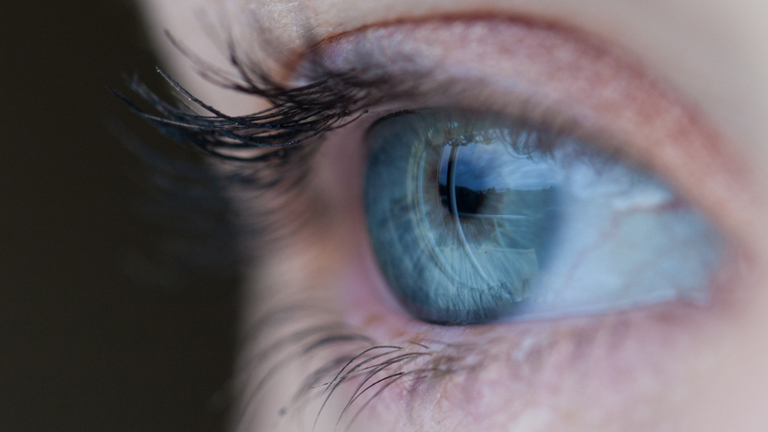
Stimulation based learning:How visual stimulation trains the brain
Does passive stimulation change brains just as well as active training?
Visual perception can be improved not only through practice and training, but also through passive stimulation. That is the conclusion of a study by the neuroscientists Andreas Marzoll, Tan Saygi und PD Dr. Hubert Dinse from the Ruhr-University Bochum. They published their findings in the journal “Scientific Reports”, released online on November 01, 2018.
The scientists of the Neural Plasticity Lab have been researching a special kind of learning for years: the simulation based learning. In doing so, they use a central learning mechanism of the brain called long-term potentiation, or LTP for short: When connections between nerve cells are frequently used, they can transmit signals better. In contrast, signal transmission in cells that are rarely used gets worse. In this case one speaks of long-term depression, LTD for short.
Practice makes perfect – How true is that with mere exposure to stimulation?
The Bochum researchers found out that one can also change the connections between nerve cells by passive stimulation. The way the sensory cells are stimulated decides how the stimulation works. High stimulation frequencies induce LTP and therefore lead to better signal transmission. Low frequencies lead to LTD, which hinders signal transmission. So far researchers focused on the sense of touch. For example they were able to show that electric stimulation of the fingertips with LTD-like stimulation frequencies enhances the tactile sense. Now they have extended the concept of stimulation-based learning to visual perception.
The current study was conducted on more than 100 participants who were stimulated about 40 minutes with different stimulation protocols. The protocols consisted of a bright “bar-shaped” light stimulus, which flickered at a high or a low frequency between right and left oblique position. Also the form and size of the bars differed in each protocol. Futhermore some of the participants got a sham stimulation, in which no bar could be seen. The researchers wanted to know which protocol would enhance the visual abilities of their participants.
Do not lose your orientation
The participants tested their orientation-discrimination abilities before and after the stimulation. In this test, the smallest deviation is measured at which the subject is able to decide whether an oriented grid pattern is tilted clockwise or counterclockwise. It was shown that the stimulation protocol in which the bar was presented in a high frequency enhanced the visual performance the most. In contrast to training-based learning the perceived improvement was largely independent from the shape of the presented stimuli. Of particular interest was the observation that the time course of discrimination enhancement is similar to that seen in exercise-based learning after a sleep phase. This may suggest that stimulation-based learning has an impact on the consolidation of learning content.
“Our study shows that LTP-like stimulation enhances the visual discrimination ability of humans. This means that stimulation-based learning works in the visual field as well” says PD Hubert Dinse, one of the authors of the study. In the next step he would like to examine how long the positive effect of the stimulation lasts.
